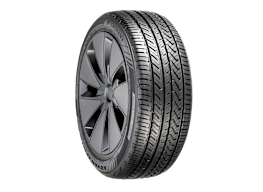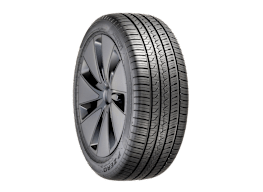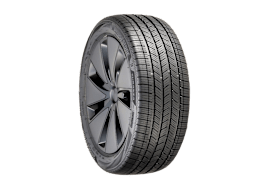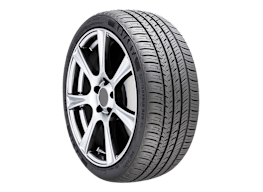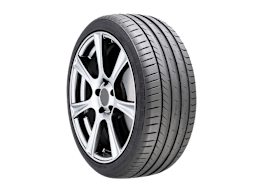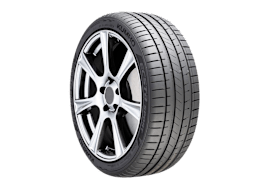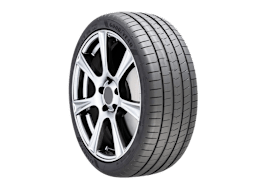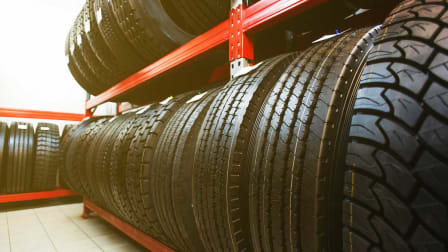Some Newer Cars Are Missing a Spare Tire
CR explains why tire sealant kits are becoming more common and shares tips on how to prepare for a flat tire

Q. I was stunned to discover that my new car doesn’t have a spare tire. Was I ripped off?
A. Not really. As automakers strive to cut production costs and reduce vehicle weight to aid fuel economy, many are tossing out the seldom-used spare tire. It may seem to be a reasonable way to shed pounds, right until that rare moment when you have a flat tire. There’s no beating having a full-sized tire when you get a flat, especially in a remote area.
How Many Cars Still Have a Spare Tire?
Since 2020, about 9 percent of the cars tested by Consumer Reports have come with a full-sized spare. Studying our database, we found that 46 percent came with a temporary (aka space-saver) spare tire, and the rest were equipped with a sealant kit (34 percent), a run-flat tire (7 percent), or nothing at all (4 percent).
Simply put, based on our test fleet, about 45 percent of new cars today don’t come with a spare tire, though they might be equipped with a compressor and sealant kit to temporarily fix a flat tire.
Carmakers are skipping the spare because of regulatory pressure to squeeze more miles out of every gallon of fuel. Ditching the 50 or 60 pounds that a tire, wheel, and jack usually add to a car’s weight helps to increase fuel economy slightly. (It also increases profits because automakers don’t have to pay for those parts.)
The problem is that a sealant kit won’t help you if a tire’s sidewall gets sliced or if the flat is caused by more extensive damage than a minor tread puncture.
Cars often have room to store a space-saver tire under the rear cargo floor, even if it isn’t so equipped. If your vehicle doesn’t come with a spare tire, consider a spare-tire kit, which includes a tire, jack, and lug wrench. They start at around $250.
“Know how your car is equipped before you take delivery,” says Ryan Pszczolkowski, who manages Consumer Reports’ tire program. “Don’t assume the car you’re about to buy has a spare tire. The best time to find out is in the showroom—so you can also use it as a negotiating point—not on the side of the road after you’ve had a flat.”

Jeff S. Bartlett/Consumer Reports Jeff S. Bartlett/Consumer Reports
How to Be Prepared for a Flat Tire
Spare tire or not, plan to set aside half an hour with all of the people who drive the car (especially newer and teenage drivers) and read through the owner’s manual to learn how to follow each step for changing a flat tire. Familiarity will make it much easier to address a roadside emergency, especially under less ideal conditions such as foul weather or heavy traffic. In doing so, you might identify ways to prepare better, such as supplementing the included lug-nut wrench with a longer torque wrench that may be easier to use.


















